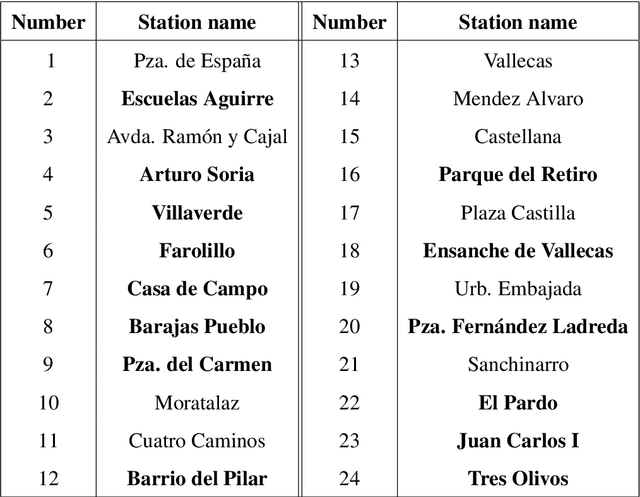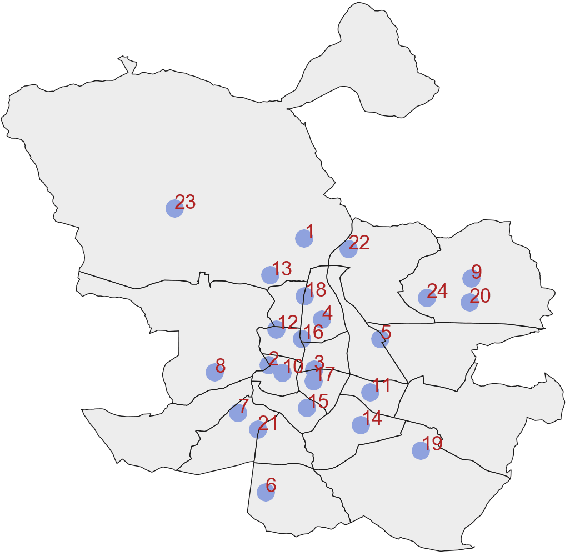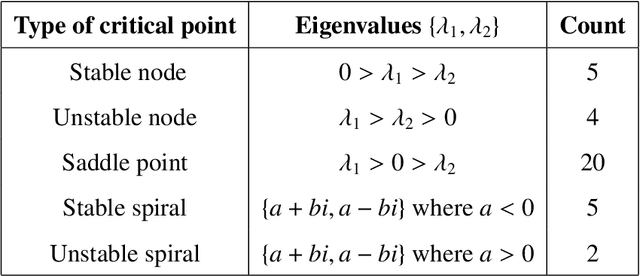Wai-Tong Louis Fan
Modeling Atmospheric Data and Identifying Dynamics: Temporal Data-Driven Modeling of Air Pollutants
Oct 13, 2020



Abstract:Atmospheric modelling has recently experienced a surge with the advent of deep learning. Most of these models, however, predict concentrations of pollutants following a data-driven approach in which the physical laws that govern their behaviors and relationships remain hidden. With the aid of real-world air quality data collected hourly in different stations throughout Madrid, we present a case study using a series of data-driven techniques with the following goals: (1) Find systems of ordinary differential equations that model the concentration of pollutants and their changes over time; (2) assess the performance and limitations of our models using stability analysis; (3) reconstruct the time series of chemical pollutants not measured in certain stations using delay coordinate embedding results.
 Add to Chrome
Add to Chrome Add to Firefox
Add to Firefox Add to Edge
Add to Edge